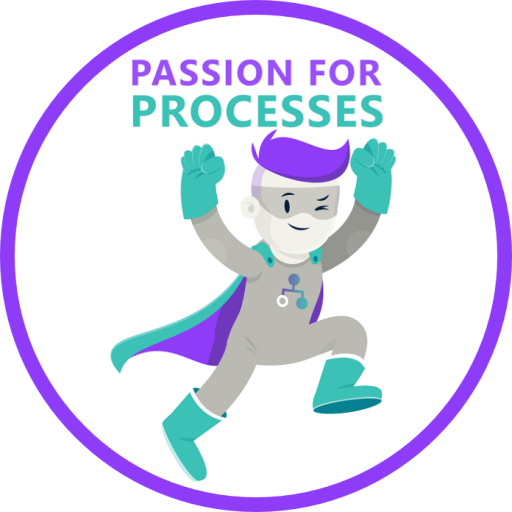
Hi all
We have different ways of modeling in Aris, depending on which viewpoint is used to model, or who is modeling.
Let's suppose project A is mainly focused on business architecture.
So we're using these models :
- BPMN diagrams with activities and data objects as input or output of these activities
- Matrix models to record the relationships between an activity and applications that supports the activity . (this is the case when the application provides the data to the activity or stores the data output of the activity, or when the activity is carried out using the application)
In this case we want to be albe to infer for example:
- if activity A1 is carried out using application A2 (relationship is recorded in Aris model)
- if A1 has data D has output (relationship is recorded in Aris model)
- then application A2 creates data D (relationship is not recorded in Aris model, this is a "virtual" derived or implicit relationship)
In another project B, we're more focusing on the application layer, and we're modeling the interactions between applications and data (that is we design models where applications access (read or write) data , the relationship is explicit and stored in Aris)
Now we want to design a query or a report that outputs all applications and data used by those applications .
The question then is : how to get all the relationships between data and applications ? (In our example above we want to get the relationship between application A2 and data D).
I see some options, but none seems entirely satisfactory :
- Allways explicitely record all relationships in models. The queries/reports rely only on existing relationships (more work when modeling, less when writing queries)
- Define rules for implicit relationships derivation , theses rules must be taken into account when writing queries (less work when modeling, more when writing queries)
Thanks for your inputs
Hello Michel,
Report and queries can explicitely take indirect relationships and work on occurence level. Based on your explaination, you can design a query that is showing all data created by an application based on your project B and combining all relationships of that application with a function that output data. You can then list all data output from that particular application. So I wouldn't put rules for relationships derivation but enforce the modeling as you mentionned (and be exhaustive) and I wouldn't design all relationships neither but make sure that you don't have relationship on definition level without occurence.
I hope it helps, you can always reach out if you want an example of advanced query for doing this.
Kind regards
Tanguy
I see , I just achieved this in a javascript report
I believe Aris is automatically creating relationships in certain cases.
For example if
- you create a diagram with function objects
- you create an association between a function object and a BPMN diagram
- then the function object has automatically a relationship "process superior to" with all activities (which are of function types) in the BPMN diagram
I don't know if it is possible to create automatically relationships on a custom basis. I'll probably ask the support (and I'll ask in whatl cases does Aris create relationships automatically too)
Hello Michel,
You cannot customize the implicit relationships as they are predefined in the method and mostly limited to the type is process oriented superior (In value chain, an object assigned to -> EPC/BPMN will create this relationships) but it is quite limited. What I was mentionning was about non visible/non existing direct relationship but relationship you can derive from 2 or 3 degree of relations that means there is a relationship between source and target object.
Kind regards
Tanguy









